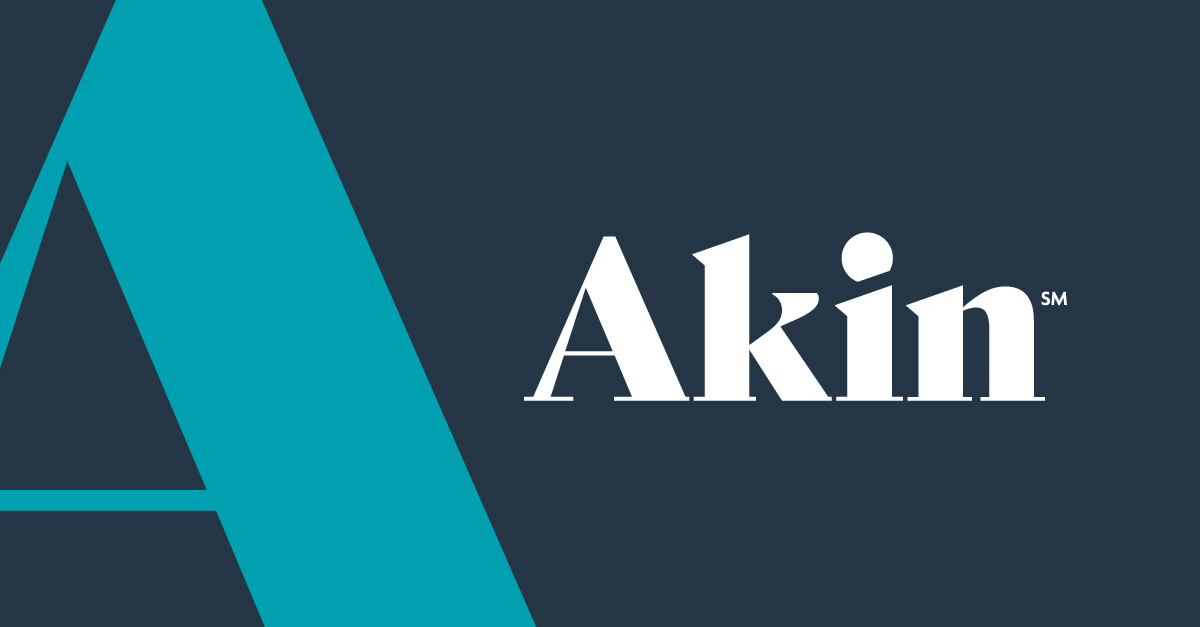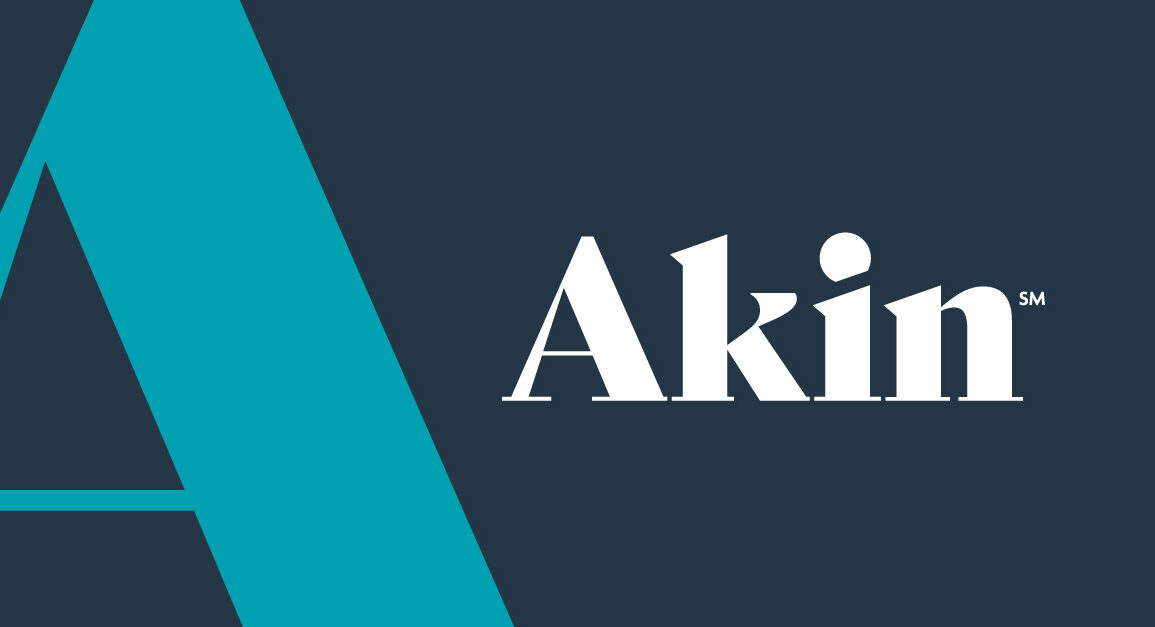
In response to the exponential growth of artificial intelligence (AI) technologies over the past few years, the United States (U.S.) Department of Commerce’s National Institute of Standards and Technology (NIST) has been actively engaged in shaping the nation’s approach to AI, seeking to balance the societal benefits of trustworthy, inclusive and responsible AI against the inherent risks. Building on the White House’s “Blueprint for an AI Bill of Rights” and the January 2023 NIST AI Risk Management Framework (AI RMF 1.0), NIST’s recent activities signal continued focus on cultivating trust in AI technologies through the development of sufficient controls and exploration of regulatory intervention.
In April 2022 under the administration of NIST, the National Artificial Intelligence Advisory Committee (NAIAC or the “Committee”) was convened for a three-year term to advise the President and White House National AI Initiative Office (NAIIO) in understanding and achieving trustworthy AI.1 Tasked with assisting the President and NAIIO on matters related to the National Artificial Intelligence Initiative (“Initiative”), the Committee issued its Year 1 Report (“Report”) in May 2023, which provides its findings and recommendations for the safe and trustworthy development and deployment of AI.
On June 22, 2023, U.S. Secretary of Commerce Gina Raimondo announced that NIST launched the NIST Generative AI Public Working Group to explore the problems and opportunities associated with generative AI, while helping NIST develop more guidance for organizations to manage generative AI-related risks.
The Inaugural NAIAC Report on AI
NIST stood up the NAIAC under Section 5104 of the National Artificial Intelligence Initiative Act of 2020 (Pub. L. No. 116-283), which establishes the key purposes of the Initiative:
- Ensuring continued United States leadership in artificial intelligence research and development.
- Leading the world in the development and use of trustworthy artificial intelligence systems in the public and private sectors.
- Preparing the present and future United States workforce for the integration of artificial intelligence systems across all sectors of the economy and society.
- Coordinating ongoing artificial intelligence research, development and demonstration activities among the civilian agencies, the Department of Defense and the Intelligence Community, to ensure that each informs the work of the others.2
In support of the Initiative, the Report reflects the Committee’s efforts to understand the “effort and resources required to advise on pressing opportunities and concerns about AI.”3
Specifically, the Report identifies numerous objectives and recommended actions based on four themes: Leadership in Trustworthy Artificial Intelligence, Leadership in Research and Development, Supporting the U.S. Workforce and Providing Opportunity and International Collaboration. The Committee reserved its observations regarding the use of AI technologies in the criminal justice system, which will be addressed by the newly appointed Law Enforcement Subcommittee.
Among the Committee’s many recommendations there are several actions targeting the creation and/or filling of and additional funding for AI-related leadership positions in the White House and federal government. Emphasizing that federal government direction will help determine whether this transformative new technology will have a net positive impact, the Report calls for filling vacant roles in the Executive Office of the President, establishing an Emerging Technology Council, appointing a Director of the NAIIO and creating a new Chief Responsible AI Officer in either the NAIIO or the Office of Management and Budget.
The Committee also focuses on potential risks in the contexts of civil rights and labor. Noting the risk that AI may perpetuate or even exacerbate bias and inequality (“algorithmic discrimination”4), the Report calls for increased funding and support for the Department of Justice (DOJ)’s Civil Rights Division, the Department of Labor and other agencies with interests in ensuring that staff possess adequate technical knowledge both to combat algorithmic discrimination through enforcement of civil rights laws and to utilize AI within the federal workforce. Reinforcing the Biden-Harris administration’s positioning of the U.S. as a key player in the expansion of AI, the Committee also recommends increased engagement on the international stage, including through expanding and deepening international alliances focused on AI development and advocating for international adoption of the AI RMF 1.0.
Finally, the Report reveals the NAIAC’s plans for the next two years, which particularly emphasize recent headline-dominating developments such as generative AI. In future reports, the Committee will turn its focus to several additional topics, including: AI futures and next gen innovation, AI in the workforce, AI regulation and executive action, AI engagement and education, AI systems and procurement, AI and the economy and international collaboration on AI policy, among others.
NIST’s New Generative AI Public Working Group
Arriving on the heels President Biden’s San Francisco meeting with technology leaders in June, the NIST Generative AI Public Working Group was launched in July 2023. The working group joins experts and volunteers from both public and private sectors to focus on the issues and opportunities stemming from AI tools that generate content such as text, images, videos, code and music. As of September 2023, the working group consists of over 2,300 public volunteers who are assisting with developing a cross-sectoral AI RMF profile, which will provide real-world examples of how organizations are putting AI RMF 1.0 into practice.
The working group will develop program areas for the profile in the areas of governance, content provenance, pre-deployment testing and incident disclosure. The first draft of the cross-sectoral AI RMF profile is projected for public review in early 2024. In the longer term, NIST also plans for the working group to examine opportunities to use generative AI for some of the most pressing societal challenges of our age, such as public health and climate change.
The Generative AI Public Working Group is one of several working groups the Committee has planned to gain insights from interested stakeholders on a variety of focus areas:
- AI Futures: Sustaining Innovation in Next Gen AI.
- AI in Work and the Workforce,
- AI Regulation and Executive Action.
- Engagement, Education and Inclusion.
- Generative and NextGen AI: Safety and Assurance.
- Rights-Respecting AI.
- International Arena: Collaboration on AI Policy and AI-Enabled Solutions.
- Procurement of AI Systems.
- AIand the Economy.5
Akin will continue to monitor and report on NIST’s efforts to drive technical and scientific innovation in AI, and how businesses can take advantage of the benefits of AI while minimizing operational risk.
Please contact a member of Akin’s cybersecurity, privacy and data protection team if you have any questions about how NAIAC’s Report or the NIST AI RMF may impact your company’s AI use, development or deployments.
1 The Committee draws on the NIST AI Risk Management Framework’s characteristics of “trustworthy AI” systems, which include: “valid and reliable, safe, secure and resilient, accountable and transparent, explainable and interpretable, privacy-enhanced, and fair with harmful bias managed.” Dep’t of Com., NIST, Artificial Intelligence Risk Management Framework (AI RMF 1.0) (January 26, 2023), available at https://nvlpubs.nist.gov/nistpubs/ai/NIST.AI.100-1.pdf.
2 Dep’t of Com., NIST, National Artificial Intelligence Advisory Committee Charter, available at https://www.ai.gov/wp-content/uploads/2021/09/84637-DOC-2021-Charter-NAIAC.pdf.
3 Dep’t of Com., NIST, National Artificial Intelligence Advisory Committee Year 1 (May 2023) hereinafter “Report,” available at https://www.ai.gov/wp-content/uploads/2023/05/NAIAC-Report-Year1.pdf.
4 Id. at 31, citing Big Data: A Report on Algorithmic Systems, Opportunity, and Civil Rights; Justice Department Announces New Initiative to Combat Redlining.
5 Dep’t of Com., NIST, Press Release, National Artificial Intelligence Advisory Committee Releases First Report (June 22, 2023) available at https://www.nist.gov/news-events/news/2023/06/national-artificial-intelligence-advisory-committee-releases-first-report.
This post was originally published on this site be sure to check out more of their content.









